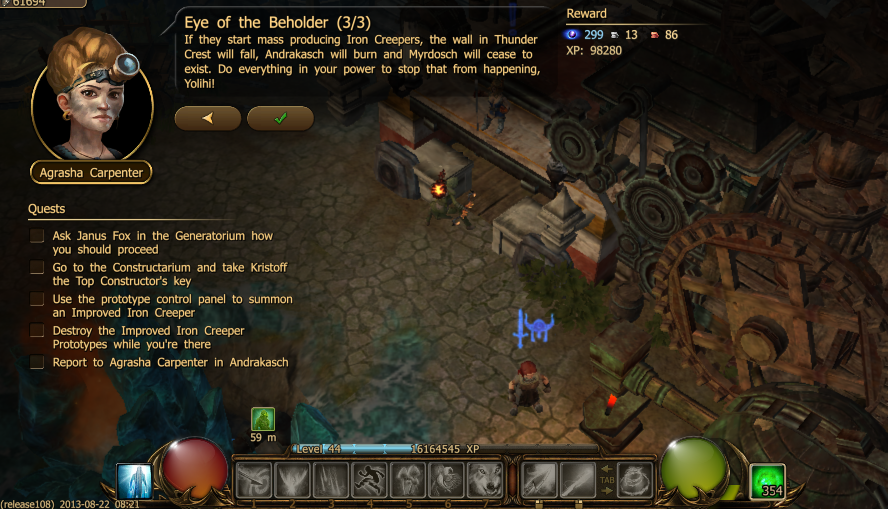
You have to have at least a 2 x 2 space to do it, but as long as you don't mess up the pattern, you can eventually slay a titan with a pencil. We've come to call a particular pattern of movement the "combat waltz": attack, side-step, turn, wait for the enemy to walk into the adjacent square, attack again, side-step before he can turn to face you, and so forth until he's dead. "Armor class" almost becomes a superfluous concept when the player can just side-step enemy attacks. The system allows a player's digital dexterity to make up for poor character attributes or low levels, which of course has some interesting implications when it's applied to the Dungeons and Dragons rulebook. The sequel starts with a lightly-animated sequence.Įye of the Beholder II uses essentially the same engine as I, which itself owes a lot to Dungeon Master (1987), the first first-person game to break from the Wizardry template by pairing tiled movement with real-time combat. It's possible that I'm more addicted to mapping than the game itself. The enticement of one more square, one more room, one more corridor is what turns midnight to 03:30 in what seems like seconds. But purposeless as they are, I wouldn't dream of not making them. Not myself in the unlikely event that I ever play this game a second time, I'll almost certainly throw away the maps and create them anew. Why do I need to know that this square had a treasure chest when I've already opened it and I'll never be coming back? Who am I making these maps for, exactly? Not you there are already dozens of examples of the maps online, probably more accurate than I'm making. I love drawing walls and annotating squares, even though I know I'm recording all this detail for no one. There's something enormously satisfying about my mapping process. I love the immersive, realistic near-simulation dungeons that Ultima Underworld introduced. Eager players finding Darkmoon under the 1991 Christmas tree don't know it, but we're simultaneously at the apex and end of an era. Any serious developer is going to quickly jettison discrete movement in 10-foot blocks with only four facing positions. But after Ultima Underworld (and Wolfenstein 3D and DOOM on the action side), no one's going to be complimenting "wall textures" anymore. A whole bunch of them are in the pipeline right now and will be released in 1992, including Might and Magic IV, Wizardry VII, and The Dark Queen of Krynn. We'll still be looking at tile-based games in abstract dungeons into the mid-1990s at least. The genre didn't die immediately, of course. I don't want to spoil my opening paragraphs for Underworld, but let's just say that it loudly sounded the death knell for the very sort of the game that Darkmoon represents.
#EYE OF THE BEHOLDER 3 CHEATS PC#
Click the PC icon in Cheat Engine in order to select the game process.
#EYE OF THE BEHOLDER 3 CHEATS CODE#
This one changes the code and so it does not require a freshly started game like the editing feature

Because out of a sudden the game will change all the addresses. Then save the game in a new slot and enjoy.

So edit the party to your liking, boost Experience, give the characters better equip.

With this table, you can edit all character stats, let items spawn in inventory and teleport party through editing the x/y coordinates.īut: the editing feature only works after loading the game. This gane is running with DosBox, so it was no problem using the excellent guide from erfg12. Never really liked the game as much als the first two. If you ask me, this has always been the weakest part of the series. After releasing the tables for " Eye of the Beholder 1" and " Eye of the Beholder 2" the next logical step was to create a table for Eye of the Beholder 3 - Assault on Myth Drannor.


 0 kommentar(er)
0 kommentar(er)
